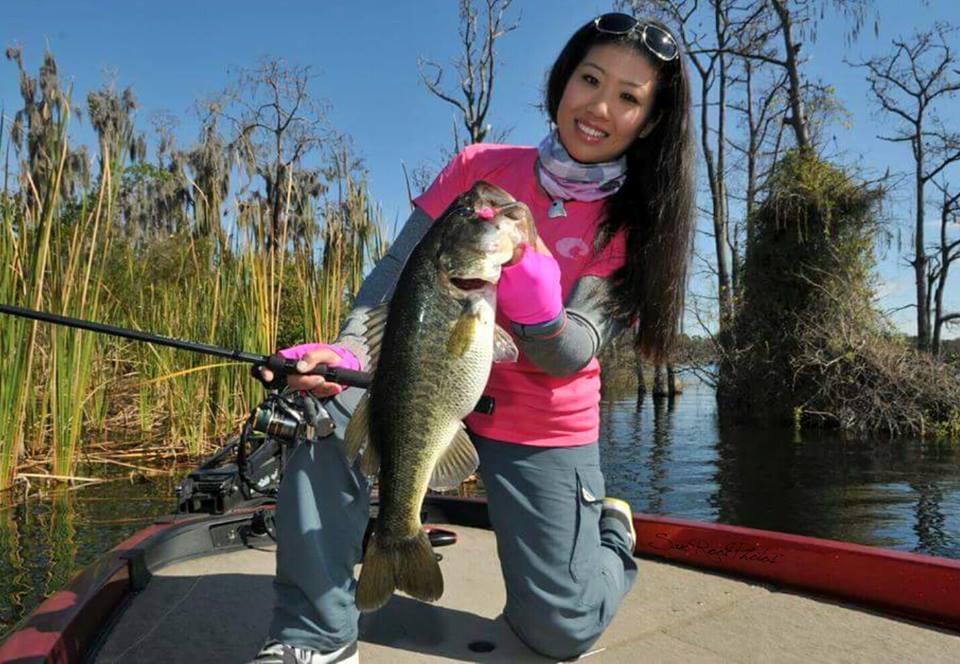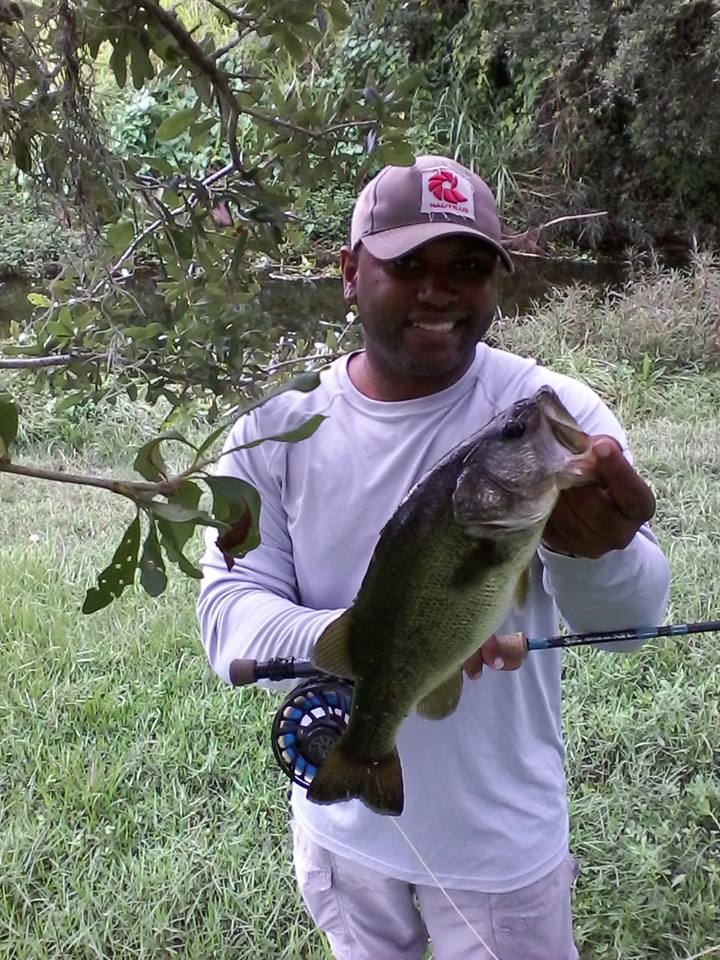I have never caught a largemouth bass. Well, that’s not exactly true. I’ve caught a few yearling-sized largemouth, but nothing worth bragging about. Hell, these fish weren’t even big enough to warrant lying about to my buddies over a beer.
Not that I’m a bad fisherman. I’ve caught a tarpon, three or species of freshwater trout, bluegill, seatrout, redfish, jacks, snook and even a peacock bass or two. All on fly.
The closest I came to catching a respectable largemouth was 40-something years ago when I was youngster summering in the mountains of Western North Carolina. On friend’s farm pond, I landed a nice, fat largemouth, probably in the neighborhood of 4 pounds. Using a small spinning reel, a bobber and a mealworm, I pulled the big green fish up to the edge of the sand and heaved him over toward the grassy bank. As far as smooth landings go, it was not pretty. Turns out, the bass got the last laugh.
I had also caught two bluegill. I had them on a stringer, which was loosely staked to the muddy bank. I unhooked my quarry, put him on the stringer and mashed the stake of the stringer into the sand.
I thought the fight was over, but it wasn’t. Moments later, the big bass pulled the stringer --- stake and all --- out of the soft ground and swam off with two bluegill.

Technically you could say I caught that bass, because I unhooked him and had the fish under my control, but since the fish left under its own power on its own terms --- and not mine and evaded the frying pan --- I consider it a draw. That’s the last decent bass I’ve caught and I’ve spent brief stretches of each fishing season trying to attain some measure of poetic justice, but I’ve never caught a largemouth that bent the rod quite like that fish.
Given that bit of unfinished business, I’ve decided to spend part of this summer trying to catch a bigger-than-average largemouth. My quest is largely personal, but there are some darned good reasons to spar with the largemouth.
You can find them in just every piece of freshwater in Florida. And if you don’t catch a largemouth, you’ll catch some sort of species of bass. Florida, after all, is home to seven different species of native bass --- the spotted bass, shoal bass, striped bass, sunshine bass, Suwanee bass, white bass and the venerable largemouth.
So you have plenty of angling options, and even better, bass are quite a bargain. For less than $50 and a trip to Walmart, you can have all the gear you need. Florida bass are quite accessible. Most any pond has largemouth, so you don’t need a boat.
In fact, two IGFA junior angler largemouth world records were executed from shore. Mackenzie Hickox caught a 15 pound, 12 ounce bass near her home in Daytona as an 11 year-old in 2006; young Cody Pierce, 14 at the time, bagged a 17 pounder near his home in San Diego in 2000 on the way to school one morning.
If that doesn’t motivate you, nothing will. Below are a couple tips to help you kick more bass this summer.
- Go Early. As the water temperature warms, bass go deeper to seek cooler water and shade. First light is best. Nine or ten hours of darkness helps cool the water temperature to a more manageable level. Depending on the conditions, you will get about an hour or two of quality fishing. Ideally, you want to be stationed at your favorite spot at first light. If you’re fishing out of a boat or kayak, you need to launch in the dark. I fished most of one summer for largemouth in the Lake Clarke canals near Lake Worth. I caught a lot of exotics and panfish, but never a largemouth. Why? Possibly because I generally fished in the early evenings --- at sunset. I really needed to fish at sunrise.
- Find the cover. Find the structure. Docks, logs, lily pads are all good examples of places for bass to hide and find sanctuary from the summer swelter. Most anglers focus on cover above the surface, but that’s only half the story. Look under the water as well. Rocks, logs and swaths of grass are possibilities. And don’t be afraid to toss your bait or lure tight to your target. You’re going to get hung up in the brush. It’s part of the deal.
- Simplify your tackle. Forget the gear you see on the Saturday morning outdoors shows. All you need is a medium weight rod and reel with 15, 20-pound test. For bait, a shiner under a cork or free lined is hard to beat for trophy-sized fish. For artificials, a well-placed plastic worm is a time-tested standard. Spinner baits --- the old snagless sally or rooster tail --- are classics. Topwater plugs work well in morning low light and can entice an ambush strike. Your crankbaits are good in muddy or stained water.
- Carry a thermometer. This is huge in the summer. When the water temperature reaches 85 degrees or so, bass can become lethargic. Slow your presentation to a crawl. If current is available, find it and probe. Fish need oxygen, and in the summer higher water temperature means less oxygen. Water flow helps counter this. If you can river fish in the summer, you’re better off than on a lake. Anyone who’s fished for freshwater mountain trout probably knows this because rainbows, browns and brookies will head for the riffles when the water warms.
- Keep Notes. Keep track of when and where you catch fish and the conditions. Equally important is when you didn’t catch fish. Compare and contrast. Look for trends. This is where the Snook & Gamefish Foundation Angler Action program comes in. Forget pen and paper. If you fish regularly, it’s more efficient to log you information electronically. Simply have your phone or iPad or board. If you’re worried about losing either of those devices to water damage, take a mental note and record the info at home after each trip.
Mike Hodge is a freelance writer from St. Augustine and a regular contributor to SGF.

